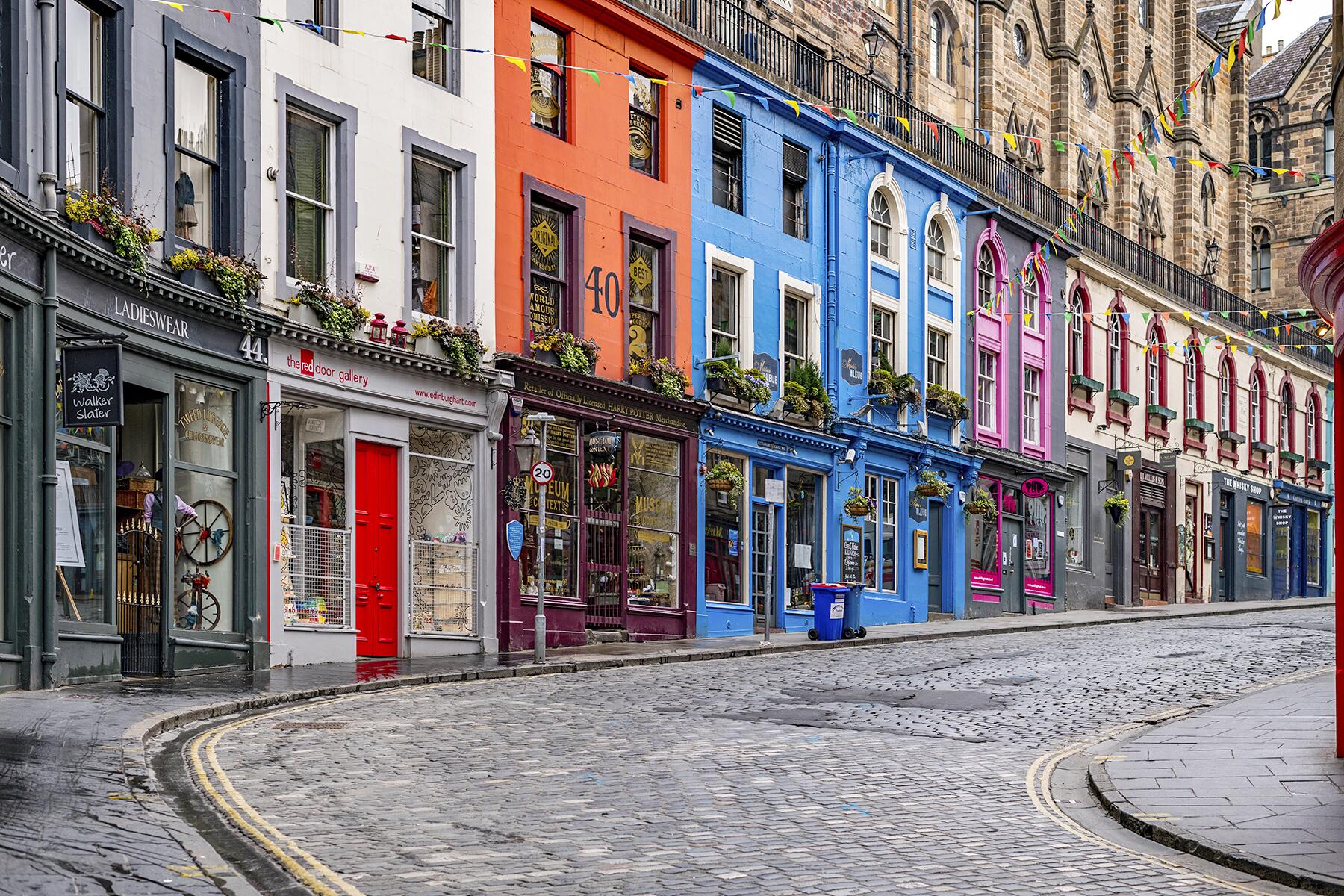From haunted caves to stunning views, these under-the-radar villages are Italy’s best-kept secret.
Forget the glamour and grandeur of Rome, Florence, and Venice. Italy is dotted with thousands of small rural villages unknown even to local Italians. These small towns are more than just picturesque; they’re quirky with a magic allure. These idyllic and bucolic spots are ideal in times of COVID because of their remoteness and tendency to draw fewer crowds. But, beyond being an off-the-radar destination, the following Italian villages boast delicious food, extraordinary landscapes, and even intriguing legends.




